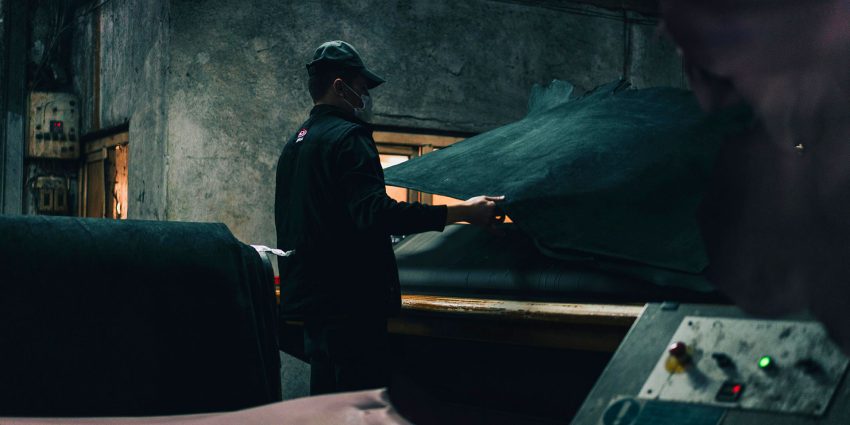Dependability isn’t just a word. In the world of hand tools, it’s a promise forged in steel, tough, balanced, unshakable. When a tool is made from quality metal, you can feel the difference. Not flashy. Not overbuilt. Just strong in the ways that matter.
A well-made steel tool doesn’t wiggle, doesn’t warp, doesn’t flinch under pressure. It holds its edge. It holds its shape. And most importantly, it holds up to a lifetime of real-world work.
No Weak Links, No Corners Cut
Craftsmanship shows in the places most people overlook. That flawless weld on a striking surface. The subtle grain of polished steel. The even tension of spring-tempered metal that snaps back every time.
Every bend. Every rivet. Every line of knurling. If it’s made well, it speaks.
Cheap metals might look the part, but they won’t last. They’ll bend, chip, or crumble just when you need them most. True dependability comes from integrity in the materials and discipline in the design.
Because once your hand is on the handle and your weight is behind the motion, there’s no room for doubt.
Built to Be Used, Not Babied
The best steel tools don’t sit on a shelf collecting dust. They’re meant to be gripped, swung, pressed, hammered, and leaned on. Again and again. Through humidity. Through grit. Through cold mornings and long hours.
These tools don’t get tucked away. They earn their place in the toolbox by showing up. Day after day. Job after job.
Whether it’s a grommet die, a staple puller, or a heavy-duty awl, if it’s made from high-quality steel, it doesn’t ask for favors. It delivers results.
What Dependable Steel Actually Looks Like
Not all metal is created equal. If you want tools that won’t let you down, look for signs like:
- Forged, not cast construction
- Full tangs and solid rivets in handles
- High-carbon or tool-grade steel
- A balanced weight that feels centered in the hand
- No coating disguising poor metal underneath
These are the marks of a tool made to last, not just made to sell.
Precision That Doesn’t Fade
You can feel a tool’s balance the moment you pick it up. The center of gravity hums. The weight isn’t just there, it’s right. That kind of precision isn’t by accident. It’s the result of metallurgy done well, machining done carefully, and testing done thoroughly.
And it lasts.
A dependable tool keeps its edge, its grip, and its strength without flinching. It doesn’t need apologies or workarounds. It just does what it’s built to do, beautifully.
Conclusion
There’s a quiet pride that comes from using gear that holds up. Tools made of steel and sweat. Tools that take a beating and come back for more. That’s what dependability looks like, not perfection, but persistence.
The truth is simple: when your tools are dependable, you get to be dependable. Your work speeds up. Your results sharpen. Your confidence builds.
So don’t settle for soft edges or short lifespans. Reach for metal that was made to last, and made to work just as hard as you do.

